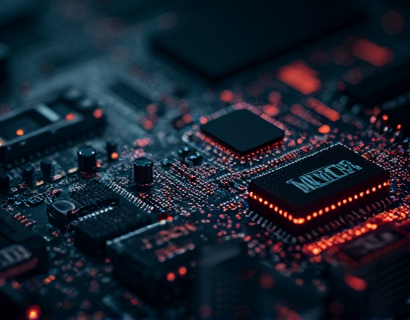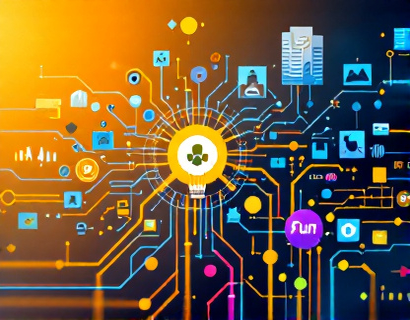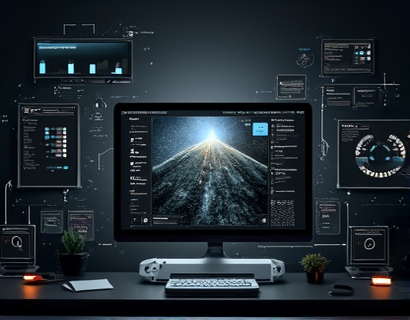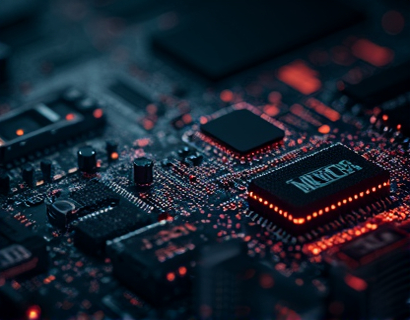Advanced Multi-Account Login Security: Simplify Digital Life with Cutting-Edge Authentication Technology
In the digital age, managing multiple online accounts has become an everyday task for tech-savvy individuals. Each new service or application often requires creating another set of credentials, leading to a complex web of usernames and passwords. This not only increases the risk of password-related security breaches but also makes accessing your accounts a cumbersome process. To address these challenges, advanced authentication technologies have emerged, offering a blend of robust security and user convenience. This article delves into the world of cutting-edge login security solutions, exploring how they simplify your digital life while ensuring your credentials remain protected and easily accessible across all your favorite sites.
The primary goal of these advanced security solutions is to merge advanced security features with a user-friendly interface. This approach ensures that users can enjoy a seamless and safe online experience without compromising on the protection of their sensitive information. One of the key aspects of these solutions is multi-factor authentication (MFA), which adds an extra layer of security beyond just usernames and passwords. MFA typically involves something you know (password), something you have (smartphone or security token), and sometimes something you are (biometric data).
Multi-factor authentication significantly reduces the risk of unauthorized access. Even if a password is compromised, the attacker would still need the second factor to gain entry. This dual-layer security is crucial in today's landscape where cyber threats are becoming increasingly sophisticated. Advanced authentication technologies take this a step further by implementing adaptive MFA, which adjusts the level of authentication based on the risk level of the login attempt. For instance, if a login is attempted from an unfamiliar device or location, the system might require additional verification steps.
Another critical feature of these advanced login security solutions is passwordless authentication. Traditional password-based systems are vulnerable to various attacks, including phishing and brute-force attacks. Passwordless authentication methods, such as biometric verification (fingerprint or facial recognition) or one-time passcodes sent to your mobile device, eliminate the need to remember complex passwords. This not only enhances security but also improves user experience by removing the hassle of managing multiple passwords.
To manage multiple accounts securely and efficiently, a centralized authentication service is invaluable. These services act as a single point of entry for all your online accounts, storing your credentials securely and allowing you to access each account with a single set of login details. This approach not only simplifies the login process but also ensures that your credentials are protected against breaches and unauthorized access.
One of the most significant advantages of using a centralized authentication service is the ease of managing passwords. Instead of remembering different passwords for each account, you only need to remember one master password to access all your accounts through the service. This master password is typically encrypted and stored securely, adding an extra layer of protection. In case you forget a password for a specific account, the centralized service can facilitate password recovery without exposing your credentials.
Security is not just about protecting against external threats; it also involves safeguarding against internal risks. Advanced authentication solutions often include features to monitor and alert users about suspicious activities. For example, if there are multiple failed login attempts or logins from unusual locations, the system can send alerts to the user's registered mobile device. This proactive approach helps in quickly identifying and mitigating potential security breaches.
User convenience is a cornerstone of these advanced login security solutions. A well-designed user interface ensures that the process of logging in and managing accounts is intuitive and straightforward. Many of these services offer features like auto-fill for login credentials, seamless integration with popular browsers and operating systems, and support for multiple devices. This ensures that users can access their accounts from anywhere, on any device, without encountering significant hurdles.
Privacy is another critical aspect that these advanced authentication services prioritize. They adhere to strict data protection standards, ensuring that your personal information is handled with the utmost care. Encryption is used both in transit and at rest to protect your data from unauthorized access. Additionally, many of these services comply with global privacy regulations, providing users with transparency and control over their data.
The integration of artificial intelligence (AI) and machine learning (ML) further enhances the security and convenience of these solutions. AI algorithms can analyze user behavior patterns to detect anomalies and potential security threats in real-time. For instance, if your typical login patterns change suddenly, the system can flag this activity for review. ML models can also improve over time, becoming more accurate in identifying and preventing unauthorized access.
For businesses, integrating advanced login security solutions can significantly reduce the risk of internal and external security breaches. These solutions often come with robust administrative controls, allowing IT managers to set up user roles, manage access permissions, and monitor activity logs. This level of control is essential for maintaining compliance with industry regulations and standards, such as GDPR and HIPAA.
Moreover, these advanced authentication technologies are not limited to individual users. Organizations can leverage these solutions to create a secure and efficient environment for their employees. By implementing single sign-on (SSO) across various corporate applications, companies can streamline the login process, reduce support tickets related to password issues, and enhance overall productivity.
The future of login security is moving towards even more innovative solutions. Biometric authentication, for example, is becoming increasingly accurate and widely adopted. Technologies like voice recognition, behavioral biometrics, and even brain-computer interfaces are on the horizon, promising to make authentication even more seamless and secure. These advancements will continue to push the boundaries of what is possible in digital security, making it easier for users to protect their online presence.
In conclusion, advanced multi-account login security solutions offer a powerful combination of robust security and user convenience. By leveraging multi-factor authentication, passwordless methods, centralized management, and cutting-edge technologies like AI and ML, these solutions provide a comprehensive approach to protecting your digital life. As cyber threats evolve, the importance of adopting these advanced security measures cannot be overstated. Embracing these technologies not only safeguards your personal information but also enhances your overall online experience, making it simpler and more secure to manage your multiple accounts.










































